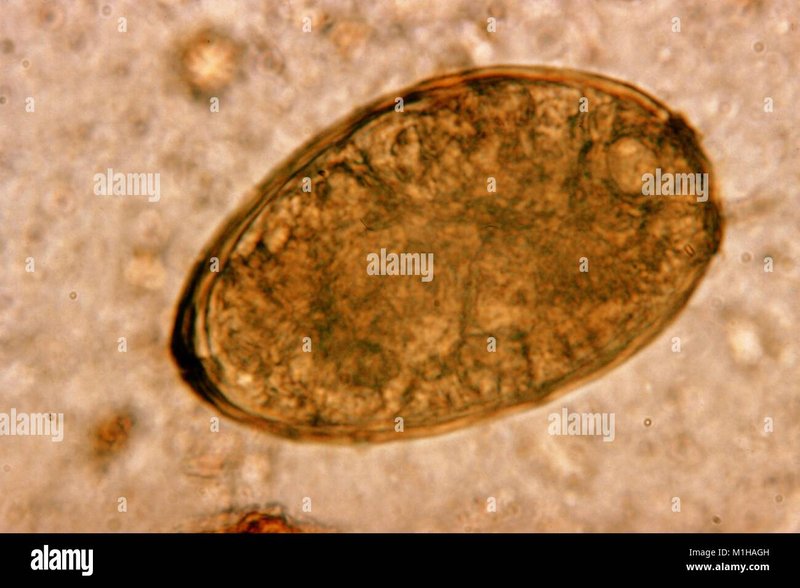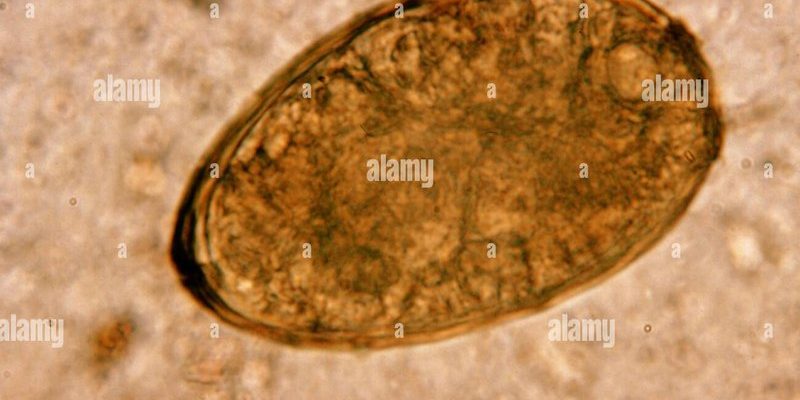
Understanding how these threats work is crucial, not just for trematodes but for the broader health of their ecosystems. Just like a delicate balance in a game of Jenga, removing one piece can bring everything crashing down. So, grab a coffee, and let’s dive into the world of trematodes and the challenges they face from predators and environmental threats.
Understanding Trematodes: The Basics
Trematodes are often found in various aquatic environments, from freshwater lakes to salty oceans. These organisms have complex life cycles, typically requiring multiple hosts—like snails and fish—to mature. You might picture them as tiny hitchhikers, taking rides through the biological transportation system of their hosts. This unique lifestyle helps them thrive in different conditions, but it also makes them vulnerable to outside forces.
Most trematodes feed on the tissues or bodily fluids of their hosts, which can alter the health and behavior of those creatures. For instance, certain trematodes can manipulate the behavior of an infected snail, making it more likely to be eaten by a bird, thus completing the trematode’s life cycle. It’s a fascinating yet slightly sinister process, showcasing how interconnected life can be in our ecosystems.
Predators of Trematodes: Who’s Eating Who?
When you think of predators, you might imagine fierce carnivores prowling the land. However, the predators of trematodes are often much smaller and sneakier. Many aquatic organisms, like certain fish and crustaceans, are known to feed on trematodes. These tiny hunters often get overlooked, yet they can significantly impact trematode populations.
Fish, for instance, may consume infected snails and inadvertently ingest the trematodes within. This can lead to a decline in trematode numbers, especially in areas where fish populations are high. It’s a natural check-and-balance system in action, where the health of the predator population is directly linked to that of the trematodes.
Moreover, some invertebrates, such as flatworms and other parasitic organisms, also feed on trematodes. Picture a mini food chain within a droplet of water, where various species interact in a complex dance of survival. This showcases how intricate predator-prey relationships can dictate population dynamics in aquatic ecosystems.
How Environmental Changes Impact Trematode Populations
Environmental changes play a crucial role in shaping trematode populations. Factors like pollution, climate change, and habitat loss can create challenges for these organisms. For example, increased water temperature can affect the life cycles of both trematodes and their hosts, disrupting the entire ecosystem.
Pollution adds another layer of complexity. Chemicals from agricultural runoff or industrial waste can harm both the trematodes and the snails that serve as their hosts. With fewer healthy snails, trematode populations struggle to survive. You could think of it like a domino effect—when one link in the chain is compromised, everything else starts to falter.
Habitat loss, driven by urbanization or deforestation, can further exacerbate the situation. When wetlands and other natural habitats are destroyed, the intricate balance of these ecosystems is thrown off, leading to declines in both predator and trematode populations.
Climate Change: A Growing Threat
Climate change is one of the most pressing environmental threats facing trematodes today. As temperatures rise, habitats alter in unpredictable ways, which can lead to mismatches between trematodes and their hosts. For example, if a host species migrates to cooler waters due to increased temperatures, trematodes may struggle to find suitable environments.
Additionally, altered precipitation patterns can lead to changes in freshwater availability, directly impacting trematode life cycles. Imagine a scenario where a trematode’s preferred host becomes too scarce; this would create a ripple effect that could drastically reduce their populations.
You might be wondering how the changes in climate affect the food web as a whole. When trematode populations decline, it does not just impact the trematodes themselves; it can disrupt the larger ecosystem, affecting other species that rely on them for food or ecological balance.
Impact on Ecosystem Health
The health of trematode populations often reflects the overall health of their ecosystems. When trematodes flourish, it generally indicates a balanced environment with diverse species interactions. Conversely, significant declines can signal environmental stress or degradation.
In aquatic ecosystems, trematodes can play a role as both predators and prey, influencing nutrient cycling and energy flow. If trematode numbers dwindle due to predation or environmental pressures, we could see changes in the whole food web. For instance, species that rely on trematodes for food may find themselves in trouble, leading to a cascading effect throughout the ecosystem.
Ecosystem health is vital—not just for the species living within it, but also for human communities that depend on these environments for resources like clean water and fish. The connections are powerful, showing just how much our actions can impact natural systems.
Conservation Efforts and Future Outlook
Given the challenges trematodes face, conservation efforts are essential to protect their populations. This might involve restoring natural habitats, regulating pollutants, and promoting sustainable fishing practices. Every action counts when it comes to supporting these tiny but mighty creatures.
Researchers are also working to understand trematode dynamics better. By studying their life cycles, interactions, and responses to environmental changes, we can gain valuable insights into how to protect them. Plus, this research may inform broader conservation strategies, ensuring that healthy ecosystems can continue to thrive.
As we look to the future, it’s clear that awareness and education are fundamentally important. The more we understand about the roles of organisms like trematodes, the better equipped we become to advocate for their protection. After all, conserving these populations is about more than just saving one species; it’s about maintaining the delicate balance of life on our planet.
In conclusion, trematodes may be small, but they play a critical role in the environment. By recognizing the threats they face from predators and environmental changes, we can take measurable steps toward ensuring their survival and the health of the ecosystems they inhabit. It’s a challenge, but together, we can make a difference.

